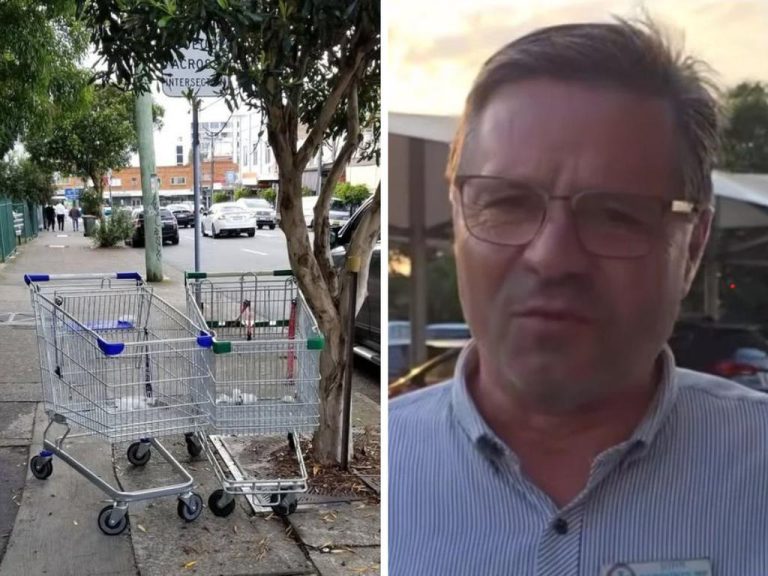Families who own CBD property

When analysing who owns commercial property in Australia’s CBDs, one expects to see the insurance companies, super funds and property syndicates. What may come as a surprise is just how much CBD property is held by families.
In the major CBDs of Sydney and Melbourne and in provincial cities like Wollongong and Ballarat, family groups are a significant presence in the ownership profile.
In 2013, the Eureka Report found that ‘family offices’, a management approach often used by wealthy families, controlled $230 billion in assets and quotes WealthInsight, which estimates that 21% of Australian family offices made their money in real estate; well ahead of retail and fashion at 11% and financial services at 5.5%.
But it’s not just the uber-rich; many families with long-held businesses also hold CBD property.
Who are these investors?
To find out I spoke with Evan Florinis, Director at Commercial SA in Adelaide’s CBD. I started by asking him who these family groups were and why they like the CBD as an investment strategy. “They come in all shapes and sizes,” he says, “and are drawn to property because of its sense of security and the opportunities for securing long term capital growth.”

“It’s fair to say that when we look at regional cities like Port Pirie or Whyalla, they tend to be the old Australian families with business interests in agriculture or industry. But the typical investor profile we see in Adelaide is the European family who has been invested in the CBD for decades.”
They are drawn to property because of its security & opportunities for long term capital growth.
The outlook for these investors is considerably different. Florinis tells me, “Syndicates and portfolios by necessity are focused on capital growth and return on investment over the short to medium term, but families tend to have a long term outlook.”
That long term horizon means they are often more active as value buyers when the market is flat and also makes a difference in their behaviour as landlords with family owners less likely to be interested in refurbishments and upgrades.
“These portfolios are held passively in a kind of intergenerational trust,” Florinis says.
“What I often see is their development activity comes about when the portfolio is handed down to the next generation.”
“The second generation are more aggressive in pursuing ways of realising the full potential a property holds or in new acquisitions. They are savvy business people who understand that there are more people and business movements in the CBD and this dynamism throws up opportunities flowing from zoning changes or shifts in property use.”
Perhaps the best example of this type of change has come from the drive to create new city living options in CBDs over the last decade. Across Australia this has manifested itself in the owners of smaller, older buildings finding land value rising sharply if their property is a suitable site for a multi-storey development.
Florinis points out that the residential drive comes at a time when many business types have been leaving the CBD.
“What we are seeing is the exit of mechanical workshops and other types of light industry from secondary positions, leaving behind properties which no longer meet changes in the building code.”
It is this exposure to the exit of a major or sole tenant which crystallises the biggest risk passive long term investors face.
Exposure to the exit of a major or sole tenant is the biggest risk passive long term investors face.
Florinis explains, “What the owners might find is that their building, particularly if it has not been upgraded for a while, won’t have disabled access or adequate parking to hand, meaning it cannot be relet without a major upgrade to comply with the new requirements.”
For family investors in the CBD, the passing of time uncovers great opportunities for growth but a few challenges.







